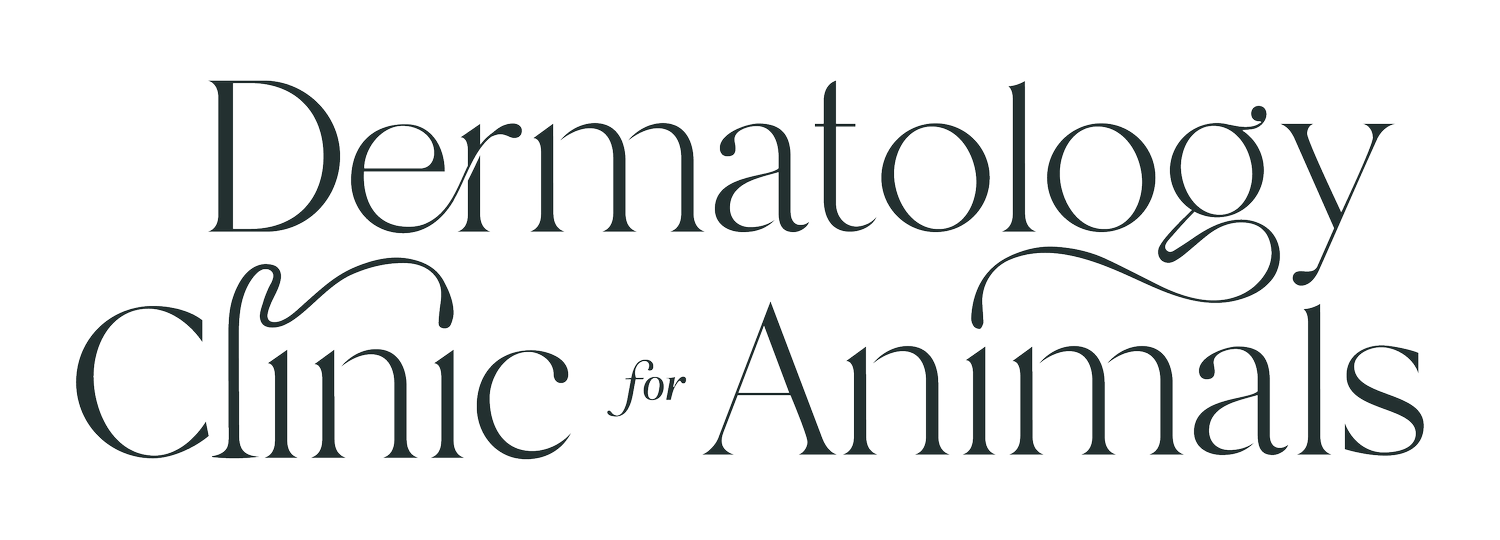Revolutionize Healing with CO2 Surgical Laser Procedure
Carbon Dioxide (CO2) Surgical Laser Procedure
The veterinary CO2 lasers can perform a wide variety of surgical procedures. Laser ablation is so precise that it can selectively remove only a few tissue cells at a time if needed. At the same time, it is powerful enough to de-bulk entire tumors. It can be used to make unique bloodless laser incisions, as well as “erase” unhealthy tissue without excessive loss of blood unavoidable in conventional scalpel surgery. Another benefit is that many laser procedures can be performed with local sedation, minimizing the risk of anesthesia.
If you are interested in laser procedure, please call us to schedule a consultation to determine the best treatment options for your pet.
or email with questions: hello@dcfawa.com
-
Sebaceous hyperplasia and adenomas
Follicular and dermal cysts
Acral lick granulomas
Interdigital cysts
Small skin and ear masses/cysts
Viral papillomas and warts
Cutaneous hemangiosarcoma/hemangioma; localized actinic dermatitis
Histiocytoma
Hyperkeratosis
AND SO MANY MORE!
A small skin mass removal with CO2 laser ablation.
Benefits and Features
-
As it cuts, the laser beam seals small blood vessels. This drastic reduction in bleeding enables a number of new surgical procedures that are not practical or even possible with a scalpel, such as tumors and lesions inside the ear, nose and oral cavity, some types of eye surgery, nasal hyperkeratosis treatment, and many more. Better visualization of the surgical site allows the veterinarian to cut more precisely, avoiding unnecessary trauma to healthy surrounding tissues. In addition, some procedures do not require sutures when done with the laser. Excellent visibility provides another huge advantage of CO2 laser surgery – this often means that a shorter procedure time is achieved. Shorter procedures shorten anesthesia time, reducing the risks of anesthesia. In addition, some laser-assisted procedures can be performed in conjunction with others to save the patient time under anesthesia. Finally, better visibility ensures a better esthetic result.
-
The CO2 laser beam seals nerve endings and lymphatics, resulting in less postoperative swelling and pain. The patient experiences a far more comfortable post-operative recovery and requires LESS mediations after the surgery is performed.
-
Sanitizing effect is one of the unique features of the CO2 laser beam. It efficiently destroys bacteria in its path (sanitizing effect). Also, CO2 laser surgery is performed in a non-contact mode – the laser tip does not touch the target tissue during surgery, which minimizes the risk of infection even more.
-
Reduced risk of infection, less bleeding, pain and swelling, less time under anesthesia, often allow the patient a speedy recovery after the surgery and pets walk, eat, drink, or play much sooner than after conventional scalpel surgery. It’s not uncommon for pets to have an improved quality of life in just 24 hours!


